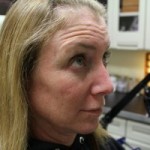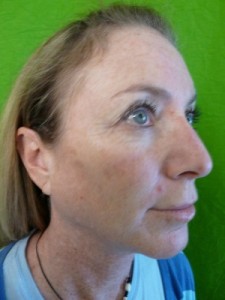For the average person, Botox is probably the most familiar name among all the dermal fillers that are available on the market. Since 2002, it has been gaining momentum in its usage against wrinkles, frown lines, neckbands and other anti-aging purposes.
What Is Botox?
Botox is a neurotoxin that is derived from the botulinum bacteria.
The Scientific Picture of How Botox Works
Deep lines in the face are typically caused by contracting muscles that create creases in the skin. When we are angry or worried, the muscles between our brows contract causing the skin to furrow. Our brow muscles also move upwards, causing horizontal creases across our forehead. When we smile or laugh, the muscles at the outer corner of our eyes contract, forming crows feet. And the muscles around our mouth create laugh lines, also known as nasolabial folds.
Emotional centers in our brain connect to muscles through pathways of nerve cells. These nerve cells release a chemical called acetylcholine, causing the muscles to contract, forming creases in our skin.
The injection of Botox inhibits the release of acetylcholine, allowing the muscles to remain in a relaxed state. It is highly regarded as an effective crows feet treatment as well as a solution for other creases that result from active facial muscles.
This general picture of what goes on at the cellular level is important to keep in mind. Some people think that Botox somehow causes permanent damage to the muscles which is what keeps people from being able to move their face. But in reality, the muscles are simply relaxed. The effects of Botox are temporary, lasting about three months. Regular procedures are needed to maintain this effect
Here is a patient at Fine Touch Dermatology who wanted to address crows feet, frown lines, forehead wrinkles and other creases around her face.
Here is a picture of what she looked like after receiving Botox.


